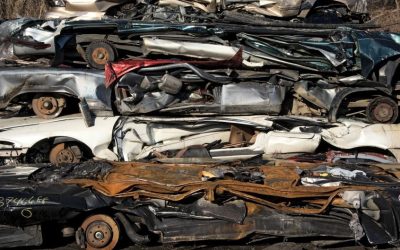The transmission of a car is bolted to a large casting called a bell housing. The bell housing contains the clutch if the car has a manual transmission or a torque converter if the car is fitted with an automatic transmission. The torque converter looks like a big donut but don’t let appearances be deceiving, all the components that make it function are contained within the outer housing.
To understand the function of the torque converter it might help to think of a conventional clutch. A clutch acts as a “disconnect” between the engine and the transmission, without a clutch a car could go nowhere. The clutch, when let out, connects the rotating engine to the transmission and then on to the drive train. When the clutch pedal is depressed, the engine continues to run but the car can either be brought to a halt or the gears can be changed. This is basically the job of the torque converter clutch in a car equipped with an automatic transmission.
How a torque converter clutch works:
To understand the function of a torque converter think of two fans opposing one another. If you switch on one fan the blades of the other fan will begin to rotate because of air passing over the fan blades. If you hold the blades still, the powered fan continues to turn. In this simple example the medium is air, in an automatic transmission, the medium is oil.
In the case of a vehicle, the moving fan is actually the impeller which is connected to the engine; the other “fan” is the turbine which is connected to the transmission. When the vehicle is in gear it is the turbine motion that makes the vehicle move.
The connection between the two is oil. The impeller is always rotating and rotating faster than the turbine, the speed differential is slip. Stall speed is a function of the torque converter clutch; it determines how much power from the engine is delivered to the transmission.


